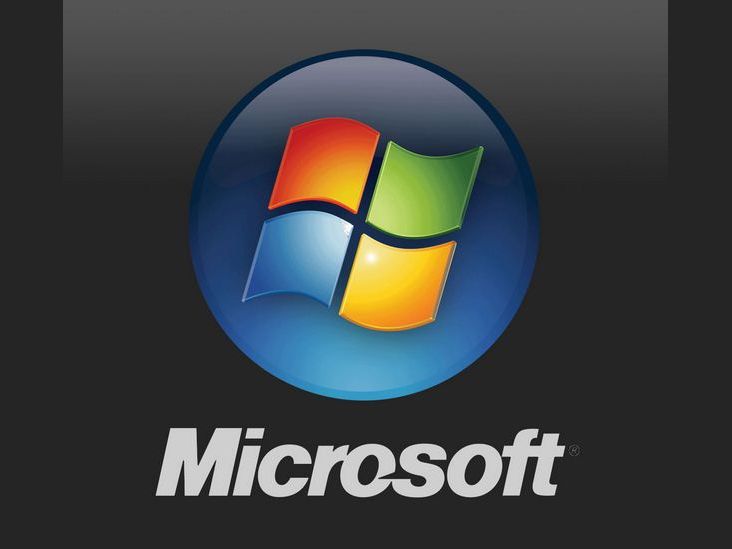
Redmond, Wash. — Microsoft will eliminate 12,500 professional and factory positions out of the approximate 30,000 that it inherited with the April 25 purchase of Nokia’s cellphone business.
The company will also scale back the selection of low-price Nokia X phones, which run a version of the Android OS for emerging markets.
The restructuring changes will align the Nokia business with the company’s overall strategy, which is to “concentrate on the areas where we can add the most value,” said Microsoft executive VP Stephen Elop in an email to employees. “The roots of this company and our future are in productivity and helping people get things done. Our fundamental focus — for phones, Surface, for meetings with devices like PPI, Xbox hardware and new areas of innovation — is to build on that strength.”
The Nokia cuts are part of Microsoft’s plan to eliminate 18,000 positions over the next year, or 14 percent of its total staff, as part of an effort not only to integrate the Nokia business but also to “drive greater accountability, become more agile and move faster,” said Microsoft CEO Satya Nadella in a letter to employees.
The company plans “fewer layers of management, both top down and sideways, to accelerate the flow of information and decision making,” he said. “This includes flattening organizations and increasing the span of control of people managers.” The company’s “business processes and support models will be more lean and efficient with greater trust between teams,” he said.
As for the impact on the Nokia business, Microsoft will merge Nokia’s former smart devices and mobile phones business units into one unit headed by Nokia’s Jo Harlow.
“Whereas the hardware business of phones within Nokia was an end unto itself, within Microsoft all our devices are intended to embody the finest of Microsoft’s digital work and digital life experiences, while accruing value to Microsoft’s overall strategy,” Elop said. “Our device strategy must reflect Microsoft’s strategy and must be accomplished within an appropriate financial envelope.”
As a result, “we will be particularly focused on making the market for Windows Phone,” he said. “In the near term, we plan to drive Windows Phone volume by targeting the more affordable smartphone segments, which are the fastest growing segments of the market, with Lumia.”
The company will deliver additional lower cost Lumia devices “by shifting select future Nokia X designs and products to Windows Phone devices,” he said. “We expect to make this shift immediately while continuing to sell and support existing Nokia X products.”
Phone engineering will be concentrated in two current facilities in Finland from three, and engineering efforts in another in Beijing and San Diego will be reduced. San Diego will support specific U.S.-market engineering requirements.













